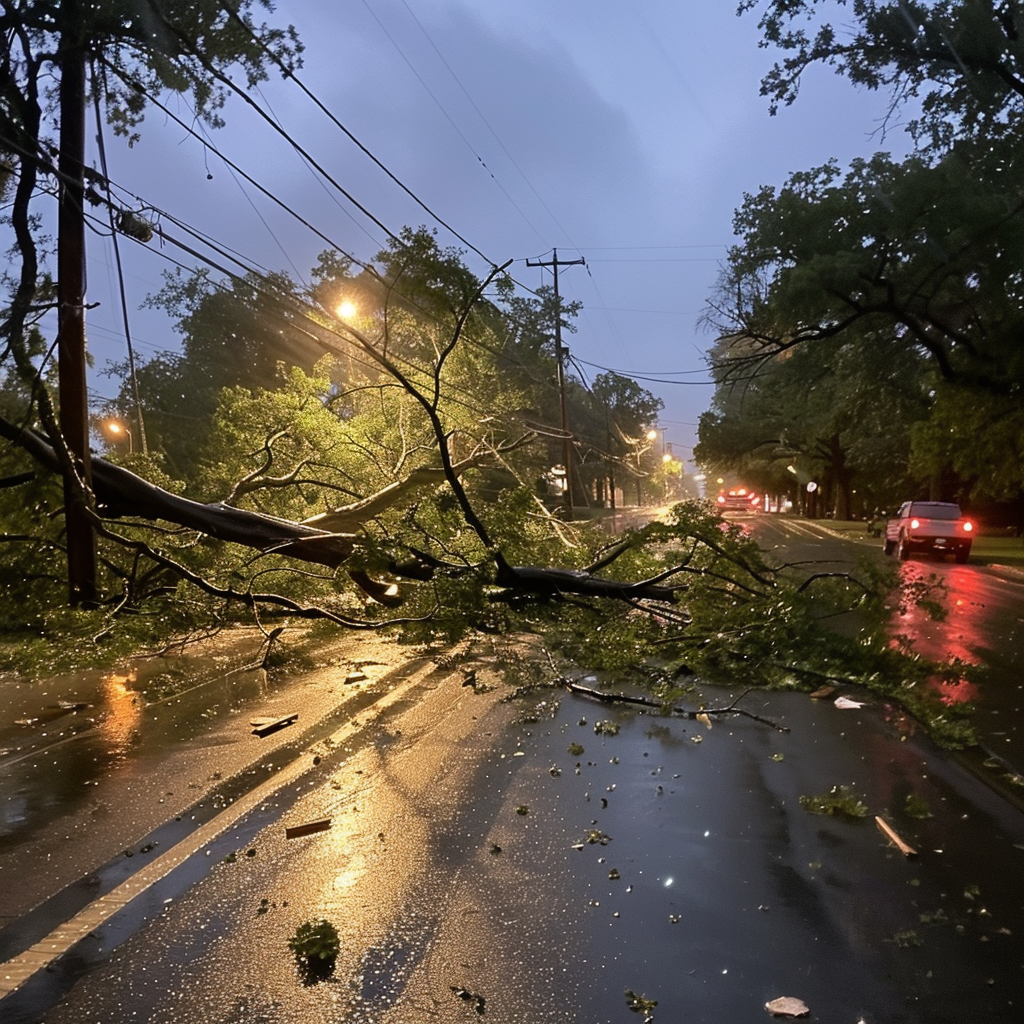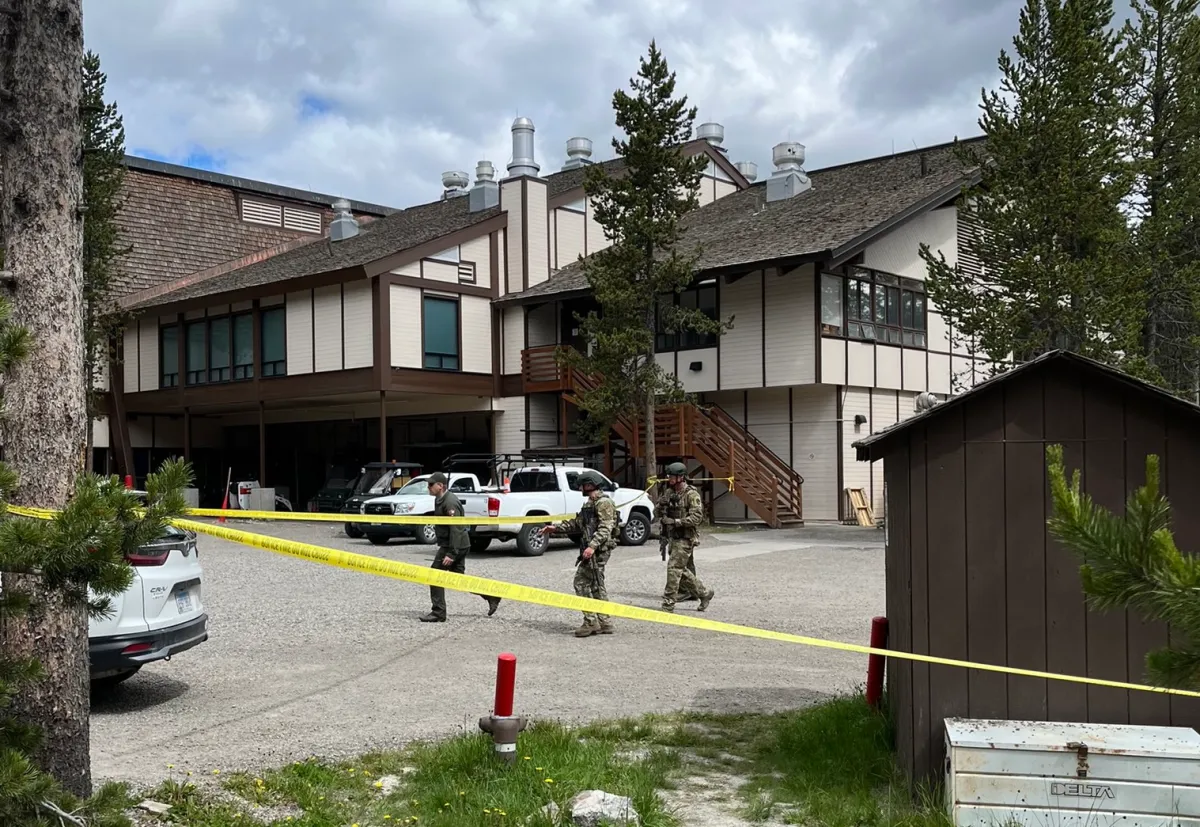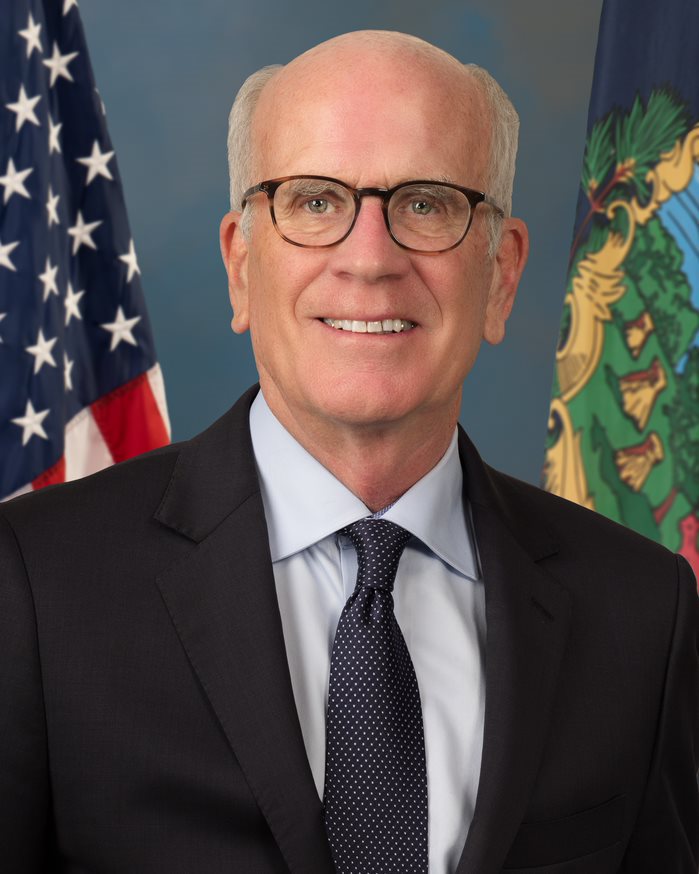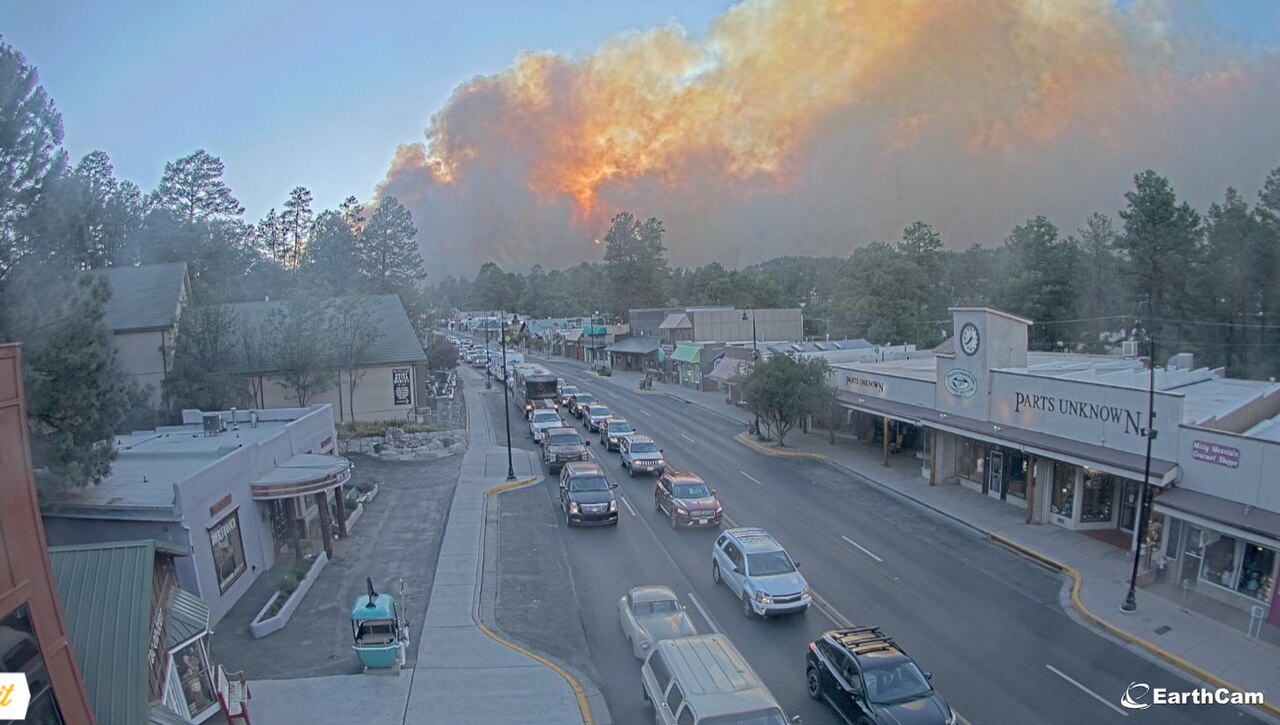
The recent hurricane that swept through Texas has once again highlighted the vulnerabilities and resilience of the state’s power grid. As residents grapple with the aftermath of the storm, questions about the preparedness, reliability, and future of Texas’ electricity infrastructure have come to the forefront. According to ERCOT 1.5m residents are still without power as of Wednesday morning.
The hurricane, which made landfall as a cat 1 with powerful winds and torrential rains, left a trail of destruction across the state. Millions of Texans experienced power outages, some lasting for days. Critical infrastructure, including transmission lines and power plants, suffered significant damage. The storm’s intensity disrupted the energy supply chain, causing a ripple effect that impacted both urban and rural areas.
In the wake of the hurricane, emergency response teams and utility companies mobilized quickly to restore power. Crews worked around the clock to repair damaged lines and restore electricity to affected areas. The response highlighted both the strengths and weaknesses of the current system. While many areas saw power restoration within a few days, others, particularly in hard-hit regions, faced longer delays.
The Texas power grid, managed by the Electric Reliability Council of Texas (ERCOT), has faced scrutiny in the past for its ability to handle extreme weather events. The winter storm of 2021, which led to widespread outages and significant hardship, prompted calls for reforms and improvements in grid resilience. The recent hurricane has renewed these discussions, emphasizing the need for both short-term fixes and long-term strategies.
One of the primary challenges in managing the Texas power grid is its unique structure. Unlike most states, Texas operates an independent grid that is not interconnected with the rest of the country. This independence can be a double-edged sword, offering both flexibility and isolation. During extreme weather events, the lack of interconnection can limit the ability to import electricity from neighboring states, exacerbating power shortages.
Another challenge is the aging infrastructure. Many of the state’s transmission lines and power plants are decades old and require significant upgrades to withstand the increasing frequency and severity of extreme weather events. Additionally, the rapid growth in population and energy demand in Texas places additional strain on the grid, necessitating continuous investments in capacity and reliability.
The aftermath of the hurricane presents an opportunity for Texas to reassess and improve its power grid. Key areas for focus include:
- Grid Modernization: Upgrading transmission lines, substations, and power plants to enhance resilience against extreme weather. This includes investing in technologies such as smart grids and advanced monitoring systems to improve real-time management and response.
- Diversification of Energy Sources: Expanding the use of renewable energy sources, such as wind and solar, can reduce reliance on traditional fossil fuels and enhance grid stability. The hurricane demonstrated the potential of distributed energy resources to provide localized power generation during outages.
- Interconnection and Coordination: Exploring opportunities for greater interconnection with neighboring states and regions can provide additional sources of electricity during emergencies. This requires careful consideration of regulatory and logistical challenges but can significantly enhance grid reliability.
- Regulatory Reforms: Implementing regulatory changes that promote investment in grid resilience and reliability. This includes encouraging utility companies to prioritize infrastructure upgrades and disaster preparedness.
- Community Engagement: Involving communities in disaster preparedness and response planning. Educating residents about energy conservation and the role they can play in supporting grid stability during emergencies is crucial.
Conclusion
The recent hurricane has underscored the importance of a resilient and reliable power grid for Texas. While the state faces significant challenges, there are also opportunities to build a more robust and adaptive energy infrastructure. By investing in modernization, diversification, and interconnection, Texas can enhance its ability to withstand future storms and ensure a stable energy supply for all its residents. As recovery efforts continue, it is crucial for policymakers, utility companies, and communities to work together towards a more resilient future.






